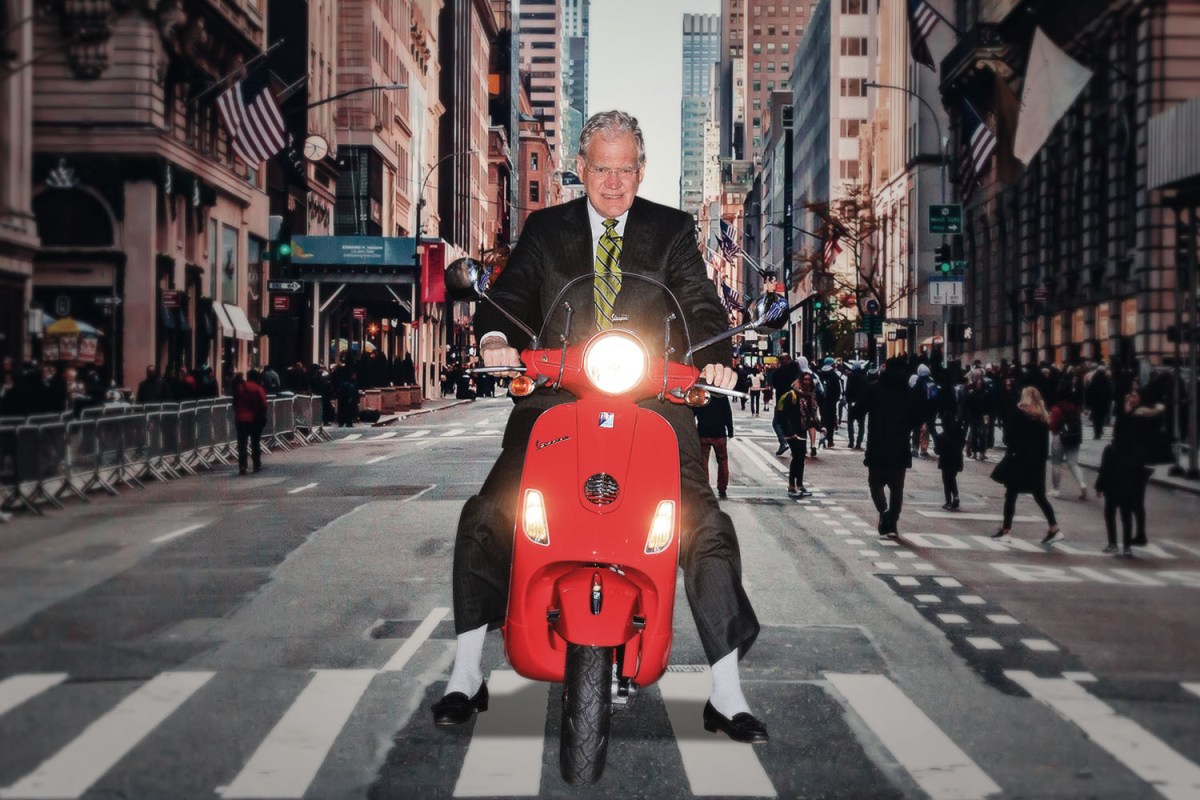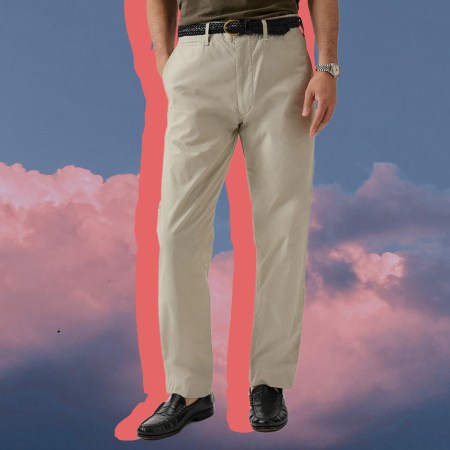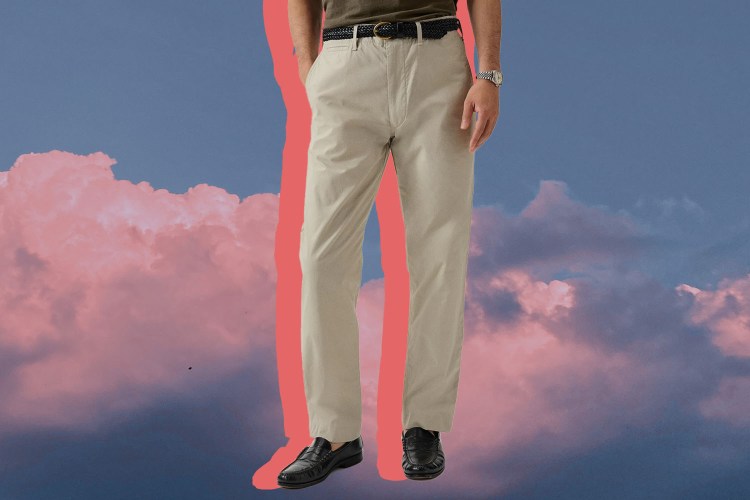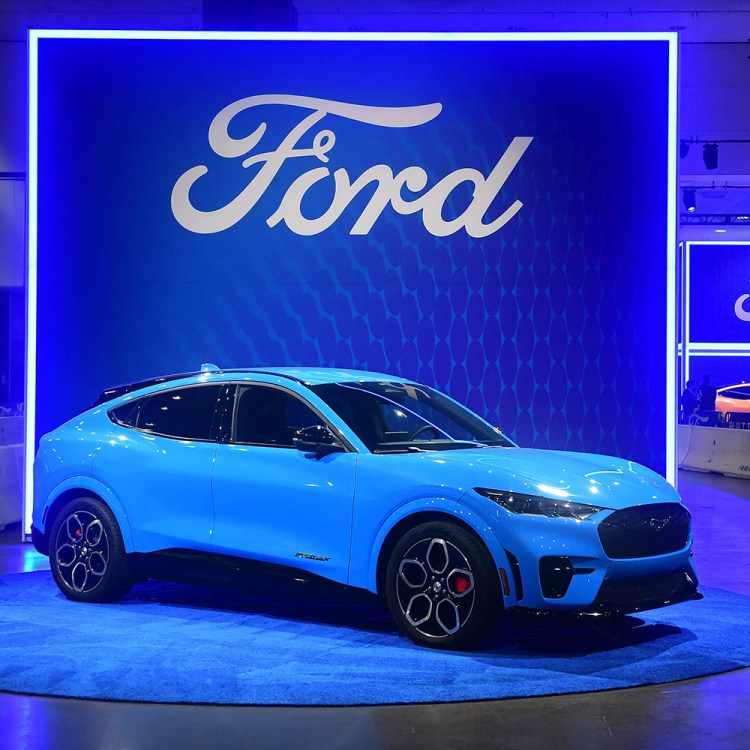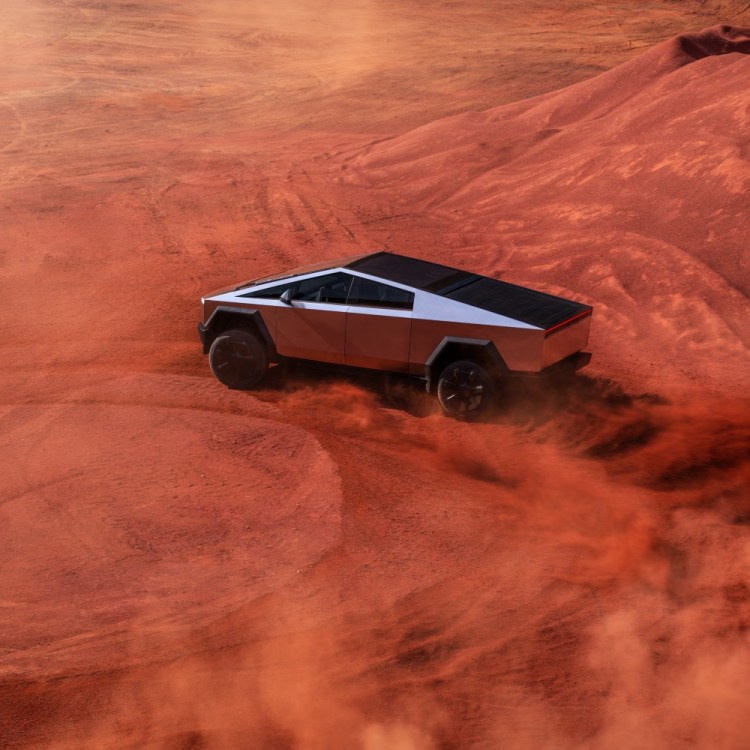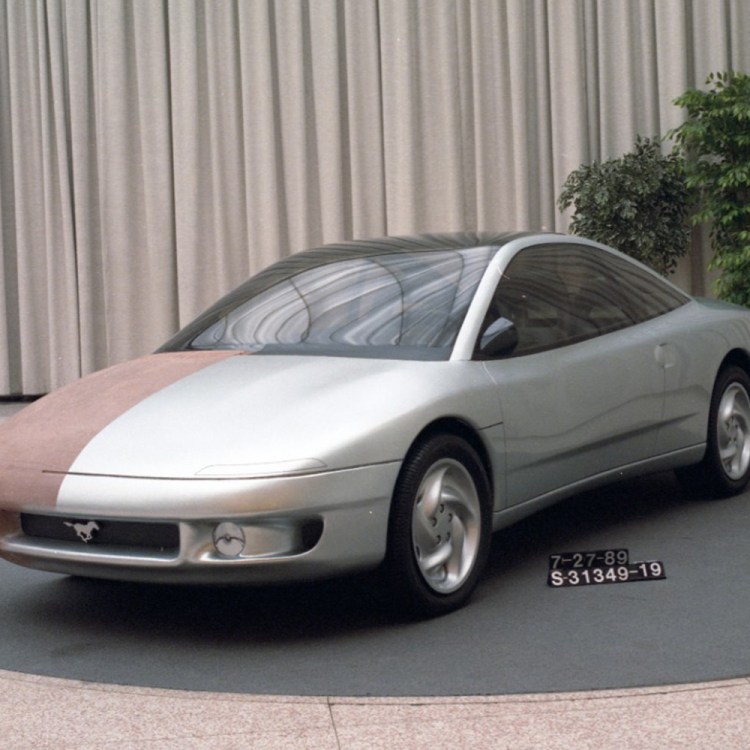Over the next few weeks, we’ll be looking at the various and sundry ways in which the coronavirus will impact American commuters, from predictions for the future of mass transit to the products that will be huge beneficiaries of a new landscape in mobility. This is The Future of Commuting.
If you’ve never seen Quadrophenia, just think of it as a British version of The Outsiders. Instead of the greasers versus the socs, the cinematic adaptation of the Who’s rock opera pits the Mods against the rockers. And instead of the rival gangs driving Mustangs and Thunderbirds, the rockers zip around on café racers while the Mods lay claim a vehicle that, to most Americans, isn’t known for being a tough guy ride: the motor scooter, specifically Vespas and Lambrettas.
Eric Dregni, a professor at Concordia University in St. Paul, Minnesota, isn’t like most Americans. He lived as an exchange student in Italy not long after Quadrophenia came out, fell in love with their scooter culture, then brought a penchant for the vehicle back with him to the States.
“There used to be a store, Vesparado, down on University Avenue,” Dregni tells InsideHook. “Of course I could never afford a Vespa back then, but then eventually I got a Lambretta of my own and fixed it up and went from there.”
Now, Dregni teaches Italian, as well as English and Journalism, and has written a couple books about the history of motor scooters, including The Life Vespa and The Scooter Bible. Which made him the perfect person to go to with a question that cropped up as we look to the future of transportation during and after the pandemic: Why did Vespa never take off in the U.S.?
As a good chunk of the American workforce looks to go back to the office safely, and others who haven’t had the luxury of working from home, are trying to figure out a better way to commute, the motor scooter (as well as the less powerful versions classified as mopeds) seems like a great option. They’re more affordable and park-able than a car, they’re more practical than a bicycle, and they’re less daunting than a motorcycle (though you’ll still likely need to get your motorcycle license). And of course, they seat one or two, so there’s no need to worry about commuting with people who wear their mask under their nose.
Can motor scooters, which have flourished in countries like Italy, Vietnam and China, ever find a foothold in the States, especially now, when we need them the most? Or did we miss our chance? For that answer, it’s important to remember how it all started.
Vespa’s Strong American Beginnings
Before Italy’s Piaggio ever dreamed up Vespa, there was Cushman, an American scooter company started back in 1903 that’s maybe best known for its so-called “Cushman Airborne,” a military model built for WWII that could withstand being dropped from planes via parachute. Piaggio actually drew inspiration from the Cushman in creating the original Vespa scooters in 1946, and both companies collided Stateside as well.
“In a way, [Vespa] did flourish to an extent here,” explains Dregni. “Sears distributed Vespas under the ‘Allstate’ logo, and then Montgomery Ward had Lambrettas. So they were actually widely distributed here.” Cushman even found itself selling Vespa scooters for a time.
As for the culture, Americans have come to associate scooters with films set in Italy, like Roman Holiday, La Dolce Vita and Come September, and in turn think of them as exotic vacation and recreational vehicles. But Dregni points out that Vespas did make an initial splash when they hit the market, even in movies that are remembered for praying at the altar of the almighty automobile, like American Graffiti.
Vespa Exits the U.S.
The sheer size of the U.S., the sprawling nature of our cities and the championing of the car — these are the reasons most people cite as the downfall of the scooter in the States. But there’s a much more important factor that gets skipped over: the fact that for two decades, around 1981 to 2001, Vespa pulled out of the U.S.
“At a certain point … there were all the product liability laws that went into effect, and so that basically made them leave the U.S. market,” explains Dregni. “So then when they came back in the early 2000s, it was a big deal, because the scooter was far improved, but then it’s way more expensive too. So that’s one of the reasons in the ‘80s, basically, it was really hard to get any scooters.”
But even though Vespa had modernized its scooter, it still looked like a Vespa when it returned to the U.S. in the new millennium. As Corradino D’Ascanio, the designer of the original Vespa, predicted back in the ‘50s, “The Vespa will always look like it does. Even when it is atomic-powered and riding on the moon.”
The Resurgence of “Scooters”
You can’t talk about scooters in 2020 without acknowledging that the word is no longer primarily associated with Vespa, mopeds or any other sit-down two-wheelers. When you say “scooter,” people think of stand-up models, whether kick scooters from brands like Razor or motorized options popularized by sharing economy startups like Bird and Lime.
As Dregni points out, the rise of the standing scooter isn’t necessarily a nail in the coffin for Vespa, or similar scooter companies. In fact, all it does is prove once again that history repeats itself.
“Those [stand-up scooters] are essentially redone [versions] of some of the earliest scooters that were done back in the 1910s,” says Dregni. It turns out that before Cushman or Vespa started selling Americans sit-down scooters, companies like Autoped were selling stand-up scooters with big, noisy engines to city denizens and even the U.S. Postal Service, as Fast Company detailed last year. When they went out of fashion, sit-down models swooped in, and that could happen again; as Dregni notes, younger people are less concerned with getting their driver’s licenses, an issue the Wall Street Journal looked into last year, finding that motor scooters have an opportunity to fill the gap.
Plenty of companies are taking advantage of this opening, like the moped-sharing startup Revel that’s set up shop in cities like New York and Washington, D.C.. As we pointed out in July, the company increased its fleet as D.C. residents started to go back to the office, the idea being that many would want to find an alternative to public transportation. The downsides of mopeds, however, have quickly made themselves apparent: Revel suspended service after three riders died in New York City, though it has returned with stricter policies.
Dregni is forthcoming about the shortcomings of motor scooters as well, despite his lifetime passion. Sure, they’re more affordable than a new car, but they’re still relatively expensive. And if you have a family, they’re not exactly practical. Hell, he sold his last scooter before he moved to Italy again later in life, and he hasn’t bought another one now that he’s back in Minnesota.
“I mean, we’ve got kids, so we have cars,” he says. “We have a little Fiat 500 which is super fun — for a four-wheeled scooter.”
This article was featured in the InsideHook newsletter. Sign up now.
